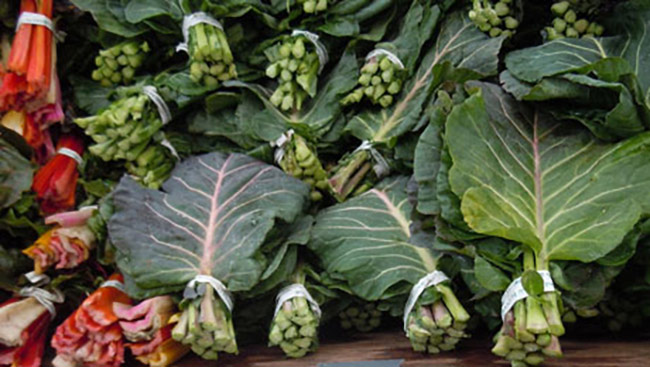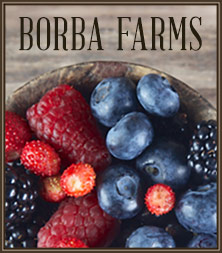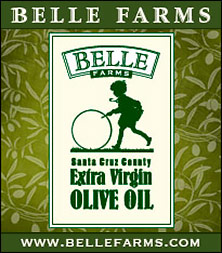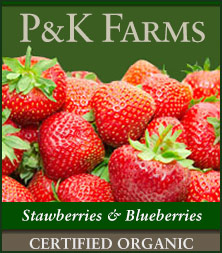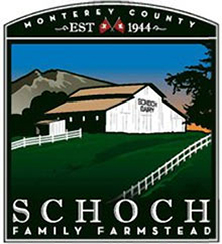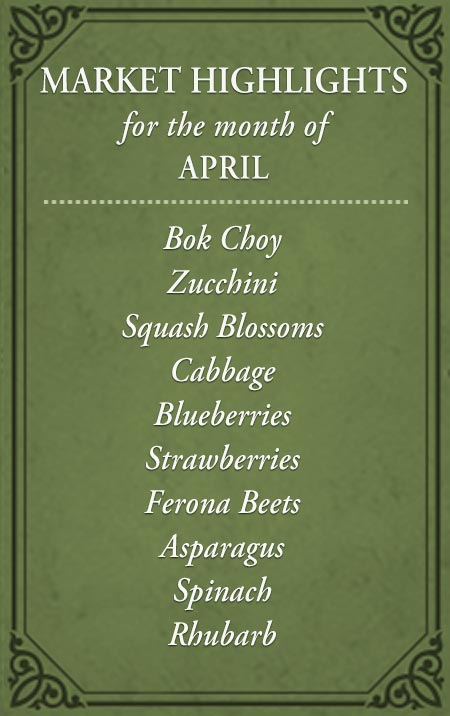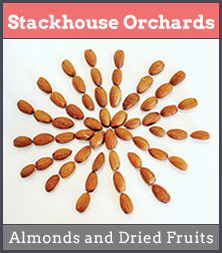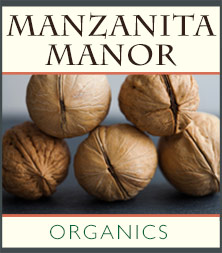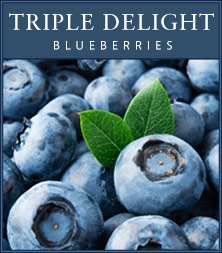It is a great time for leafy greens at the farmers markets. I mean this in a couple of ways, too. It is great to have the greens since it is winter and there isn’t a huge variety of things growing. But best of all, this is a great time for eating them because the cold weather helps bring out the best in the greens. When it is cold, greens develop a sweetness that offsets the earthiness that defines greens. Not only that, you can find an abundance of them at market right now. A quick trip through the market on Saturday showed Russian, curly (both green and milder purple), and Tuscan kales (a.k.a. Cavolo Nero, Lacinato, Black kale, or “Dino”), collard greens, red mustard greens, Swiss, red, and Rainbow chards, and dandelions. Beet greens and broccoli raab were also there and fall into the “greens” category too.
These leafy vegetables all share an earthy taste that go with the slow cooked and fattier foods that are traditional during colder months. They are delicious cooked with olive oil, and benefit from an acid such as vinegar, lemon, or wine, and garlic, onions, and leeks are their best friends. Sherry is an excellent foil, and fat from bacon or a poached egg goes nicely, too.
The sturdiest kales such as Tuscan or curly also pair beautifully with winter squash like butternut or Delicata. Nuts, grains and greens are a happy marriage. Greens are good in soups and stuffings, and chard especially is great for gratins and quiche. Be sure to use the stems from chard. I like to sauté them with onions and mushrooms and fold them into the greens after they are cooked. Did you know in Europe that Swiss chard is grown for the stems? They are sautéed and then cooked with a béchamel and cheese as a gratin.
Greens lend themselves to several cooking methods, from a quick sauté to lengthy braising. The more tender greens such as Russian kale, mustard, dandelion, and chard can all be sautéed in a touch of oil or butter and do fine. Young, tender curly kale and collards also show well with this treatment. For braising, look to curly kale, Tuscan kale, collards, and dandelions.
All these greens can be used in soup — it is just a matter of when you put them into the soup that will determine the end result. For a long cooked soup you add chard right at the end, or any kale earlier on so it is not tough. You can use greens as a bed for steaming things such as fish or other vegetables. Depending on which green, you might steam it a little first before adding in quicker cooking items. You can also add greens to pots of grains so they cook together and the flavors marry. I frequently par cook chard and then add the sautéed stems and onions to a dish, layer on the sautéed leaves, cover the lot with a touch of cheese and breadcrumbs and then bake the dish.
If you wish to microwave the greens, just wash the greens and don’t dry them before putting them in the microwave. Once wilted, dress them with some oil or vinaigrette for a quick dish. One thing to remember when cooking greens-with the exception of chard, all the greens have a thick inedible center rib that should be stripped before cooking. Besides cooking with greens, some of them work well raw. I have used curly kale in salads with diced root vegetables and a mustard-y vinaigrette. Same with chard. For this sort of thing I usually use kitchen scissors to snip up the rinsed greens into little bits.
Besides being versatile at the table, greens are good for you. These vegetables are good sources of beta-carotenes, calcium, vitamin C, and vitamin E. A typical serving (3½ ounces raw) can contain up to 200% of the US RDA of vitamin C, 17% of your calcium, and around 50% of your vitamin E. They also can provide good amounts of useable iron- up to 20% per serving. They are good sources of fiber as well. If you are on a sodium restricted diet you should be aware that chard and beet greens have over 300 mg. of sodium per cup cooked. When eating these greens, try to incorporate some of the cooking liquid into the finished dish, as many of the nutrients will transfer to the liquid. You can do this by removing the greens from the liquid, reducing it down to a couple spoonfuls, and then adding a little butter or oil to form a sauce to put over the greens.
Grab some up and experiment. They are forgiving, good for you, and taste great. See you around the farmers market!
RECIPES: Collard Greens and Shitake Mushrooms, Basic Braised Kale, Southern Style Mess o’ Greens, Chard Gratin, Lebanese Lentil and Chard Soup, Braised Dandelion Greens, Mermaids Hair (Japanese Style Shredded Collard Greens)


